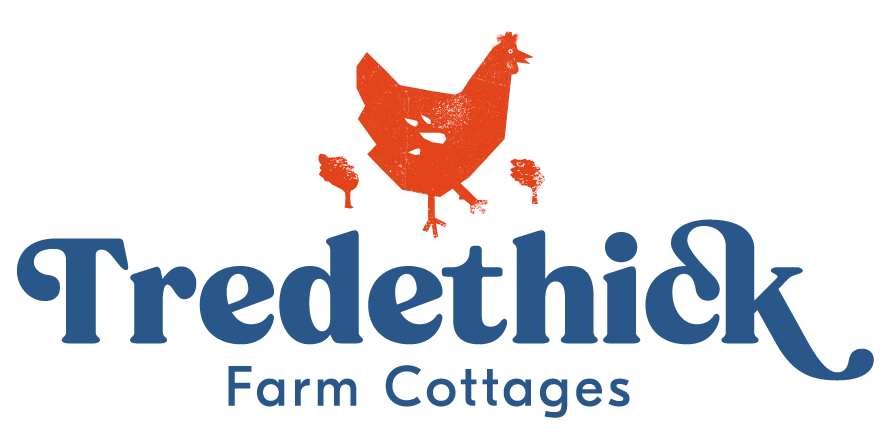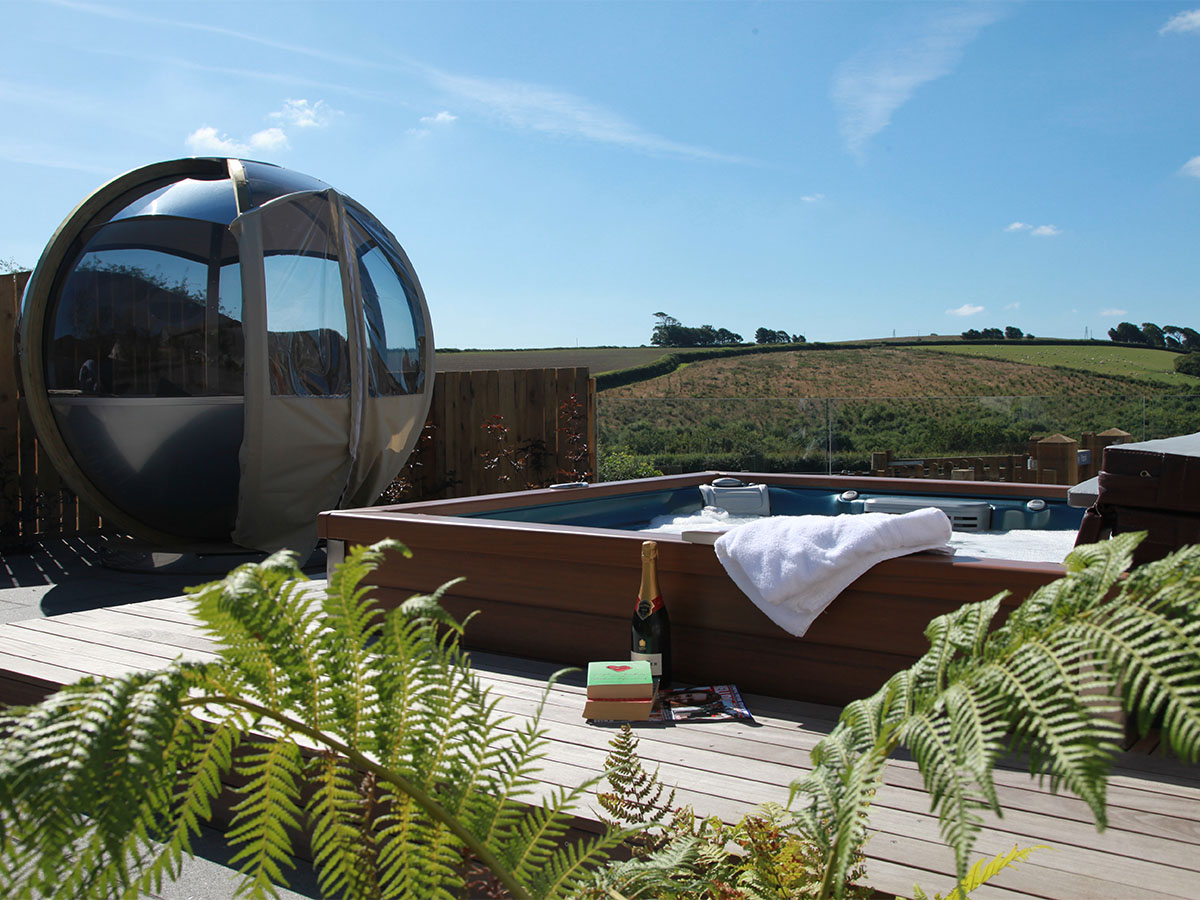Crabbing Locations
We love crabbing off Fowey harbour when the pontoon is out (from early spring through to late autumn). As well as shore crabs, you’ve a chance of snaring a velvet swimming crab or two.
Looe – the best locations are East Looe, along the harbour (either side of the fish market) or West Looe from the ferry steps towards Pennylands
Polkerris and Gorran Haven beaches are good too. Really, any harbour wall off a south coast beach can be a veritable crab goldmine!
Times
From our experience, the best time to try crabbing is on a rising or ebbing tide.
Equipment
Two, three or more buckets, depending on how optimistic you are feeling!
A crab net (with weights and something to hold your bait). Lines are a pain as crabs can fall off before you land them.
Bait – we use raw unsmoked bacon. Fish heads and tails, chicken, liver and sand eels are also winners.
How to:
You’ve told your children what a crabbing pro you are, so prepare those buckets ready for your haul! Fill your buckets half full of seawater and add some seaweed for shade. Limit the number of crabs in each bucket – put up to three in a bucket and you can still see how they move.
Load the crab net with bait and gently let it sink to the seabed. Wait a few minutes. This may take some persuasion or distraction for younger children who can be so desperate to see their crab that they miss catching it! Give them time, some of these crabs are old timers – they know the ropes (literally) – going up and down the harbour wall many times in the season. Apparently it’s a small price to pay for bacon…
Slowly raise the net and – voilà – place your fabulous catch in the bucket!
To impress your kids still further, you can identify Mummy and Daddy crabs. Hold the crab on each side of its shell and turn it over – male crabs have a triangle shape on the back of their abdomen, females have a more rounded shape. Try to avoid putting more than one Daddy crab in a bucket – they can be aggressive.
There are great boasting opportunities, as passers-by usually want to look at your haul. Put the crabs back after an hour or change the water. Shade the bucket from direct sunlight.
To release your crabs, chose a quiet spot, close to the water’s edge and away from ledges and sea birds. There’s nothing more demoralising than loveable Snappy being devoured by a seagull on his way home.
Buy ice cream to celebrate. It’s the most fundamental rule of crabbing. Bucket + crabs = ice cream!





